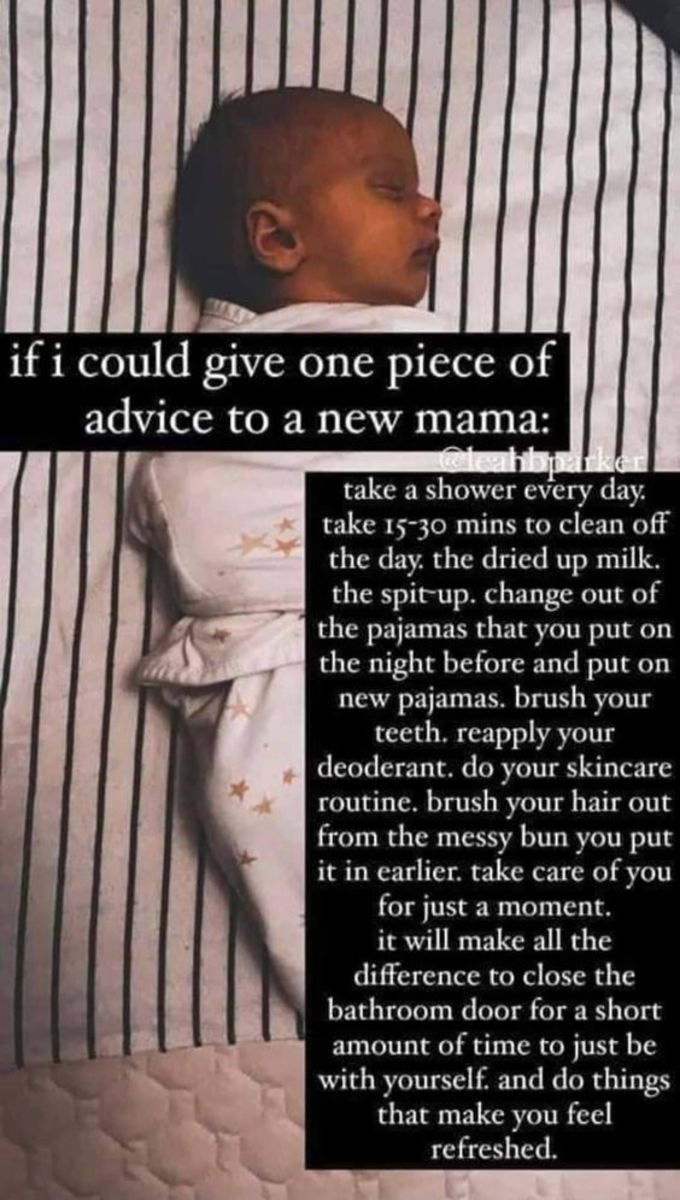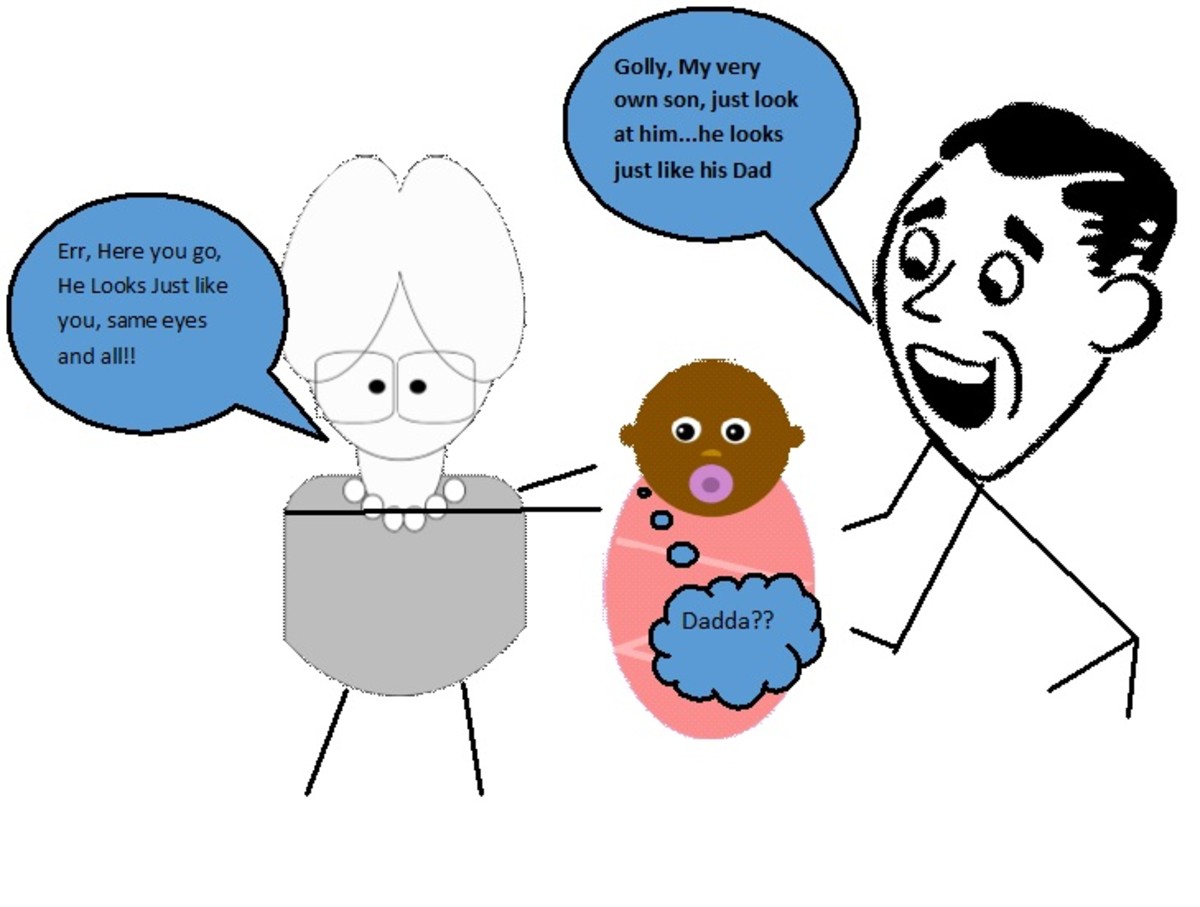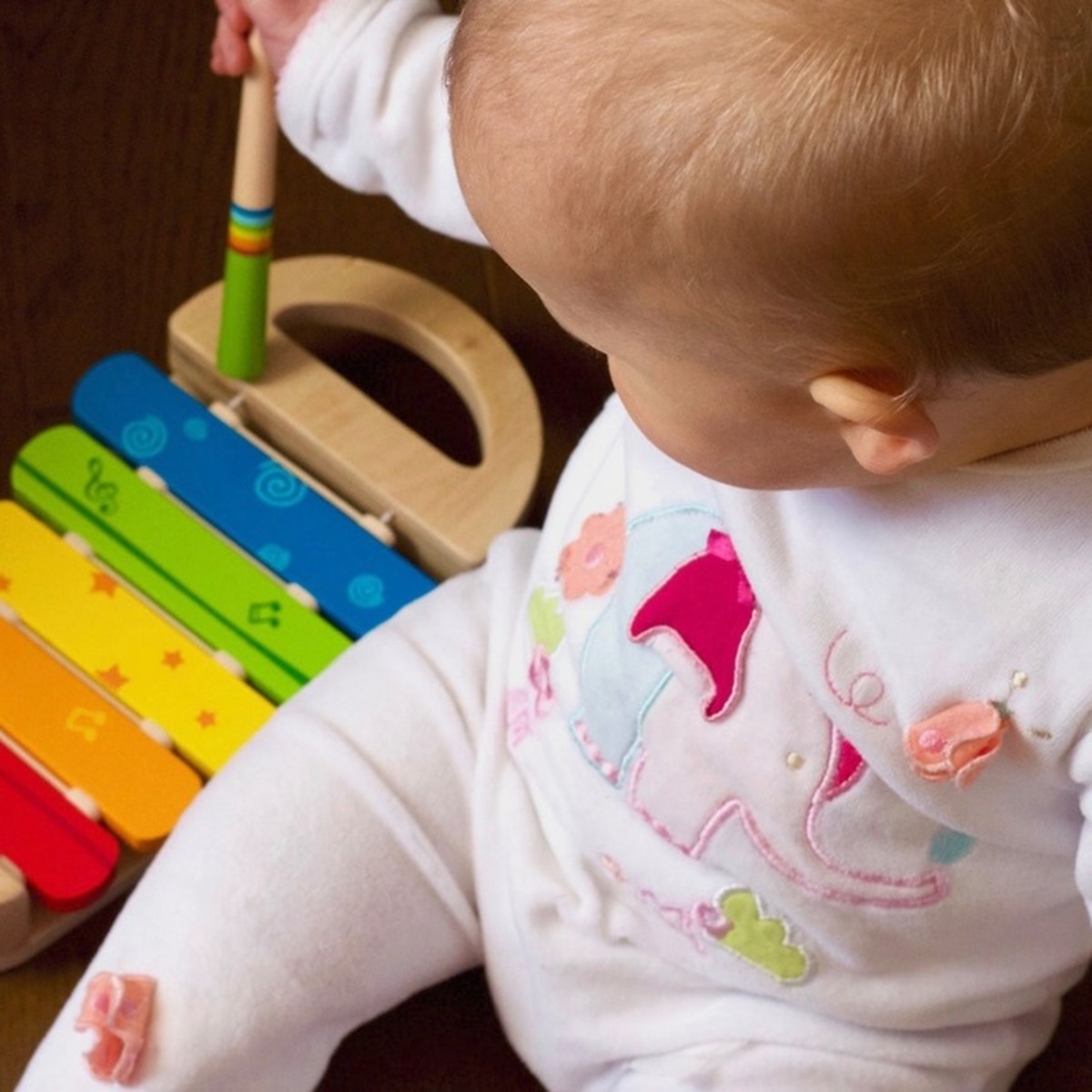Sleep Training – Baby Sleep Schedule: How to Get Your 9 to 12 Month Old Baby to Sleep
Babies in this age group should be getting about 11 hours of nighttime sleep, as well as 3 hours of sleep during the daytime. Nine month olds should take two 1.5-hour naps; one in the morning and one in the afternoon (sometimes the afternoon nap may be a bit longer.) By twelve months, the naps will get shorter – maybe about an hour in the morning and an hour to an hour and a half in the afternoon. All babies in this age group have usually given up that late afternoon (3rd) short nap.
At this age, they are getting around more and most likely pulling themselves up in their cribs and some are even starting to walk. Expect milestones such as these to disrupt their sleep patterns temporarily.
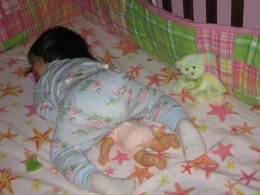
However, the increase in activity level will most likely tire them out so make sure to pay attention to their sleepy cues; being aware of their “sleep window” will allow you to know when it is that they are most likely to be ready and able to fall asleep. Some babies are not so obvious when they are ready because they fight it well, so be aware of this. Also, many moms decide to start weaning baby around this age, which is fine, but be aware and ready that this change can also alter their sleep schedule.
Separation anxiety usually peaks at around nine months when they are beginning to sit and crawl. It also often occurs when they are standing, walking, and/or climbing – usually around 12 months or so. You will experience more night wakings during these times, but it should be temporary. Another thing that changes along with their physical progression is their cognitive awareness – or strangers, places, and other changes.
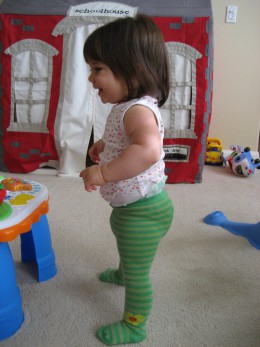
The fact that babies at this age are starting to be able to pull themselves up to standing creates new twists, especially at sleep time – you put them down and you’re likely to see them pop up again! If you’re confident that your child knows how to get back down on their own, then don’t intervene. If you must, put the baby down once – and only once. You should sit next to the crib and pat the mattress with your hand to encourage him to lay down; if you are sitting, he’ll be more likely to get down to be on your level. If you feel that your baby doesn’t know how to get back down once he pulls himself up (most babies learn to get up first and getting back down comes later), then make sure to give him plenty of practice during the day and not in the crib. Of course, be aware that by this time your home should already be child-proofed with padding on sharp edges and corners, etc. Playing games like ring around the rosy can help to develop up and down motion.
Many moms get themselves into the rut of having to nurse of bottle-feed their baby to sleep for many, many months. This can cause your baby to become emotionally attached to the breast or bottle as they get older and you risk this being the only way that they are soothed. On that same note, it can also contribute to your baby waking up at night habitually in search of that soothing.
To work on avoiding this, you should try to nurse or bottle feed upon baby’s waking or at specific set times. Introduce a cup before her first birthday, regardless of whether or not you’re still nursing or even plan to continue nursing for a while. Introduce a cup at around 9 months so that she is used to it by her first birthday, which is when you should begin to wean her from the bottle. At 15 months old, babies begin to become attached to things like pacifiers and bottles, so the longer you wait to wean from that bottle, the harder it will be in the end.
Use the sippy cup at set times, either with water, expressed milk, milk, formula, soy milk, or diluted juice. Many mothers at around this age prefer to nurse in the morning and evenings, and use the cup during the remainder of the day, and particularly when feeding solids at mealtimes. Do not let your baby fall asleep while nursing or bottle feeding or you will end up nursing or bottle feeding him back to sleep several times a night for many months to come.
Although it is a good idea to have a schedule, it is just as important that the schedule not be rigid. You and your schedule need to be flexible, so don’t stress if it doesn’t go just right; do your best to be consistent and predictable and you’ll both be fine.
Here's a sample sleep schedule for this age range:
- 7:00 to 7:30 am – Wake up, then nurse or bottle or give cup and breakfast.
- 9:00 to 9:30 am – Begin morning nap; however, if your baby is sleeping 11-12 hours uninterrupted at night he may be able to stay awake until 10 am or three hours after waking up. Follow this morning nap up with a small snack if needed.
- 12:00 to 12:30 pm – Lunch with nursing or bottle or cup.
- 1:00 to 2:00 pm – Begin the afternoon nap; follow with a snack.
- 5:00 to 6:00 pm – Feed dinner and nurse, give bottle, or give cup.
- 7:00 to 7:30 pm – bedtime with nursing or bottle.
Obviously, your schedule may vary slightly as each child is somewhat different from the next, but this schedule is a very good example and you should try not to deviate from it too much. A baby who wakes at 6 am will have a slightly tweaked schedule than a baby who wakes at 7:30 am. Most importantly, no matter how much fun the baby (and you) seems to be having, do not let her stay up too late.
When is it okay to wean my baby from night feedings?
Well, you should check with your pediatrician, but most children at around 9 to 12 months who are healthy and growing according to a normal growth pattern can almost always go 11-12 hours per night without a feeding. If your child is still waking at night a lot to eat, you will need to change your baby’s habits or adjust his body clock. Be consistent, be predictable, be nurturing and you will all be better in the end for it.


